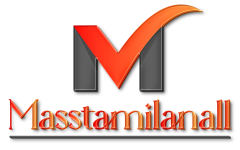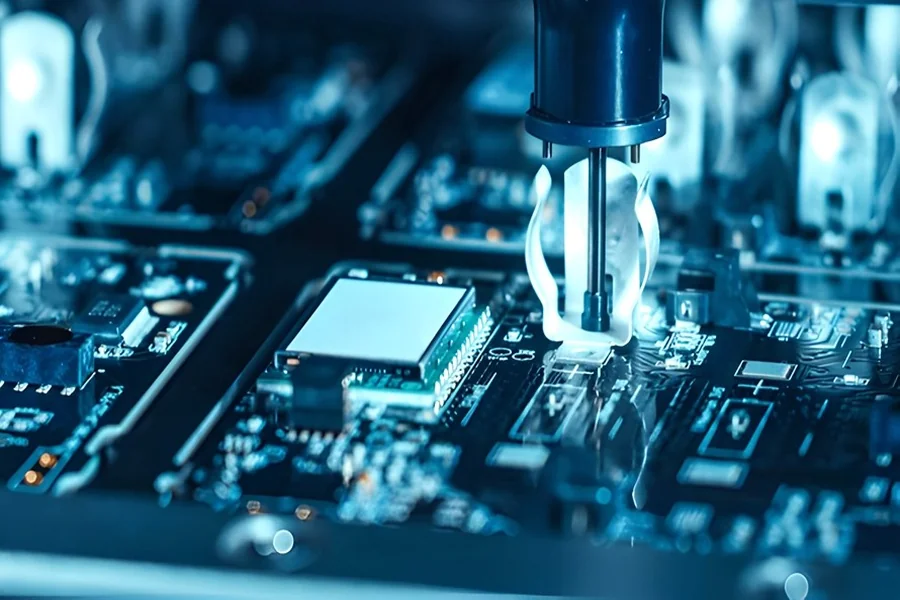Mixed technology PCB assembly is an advanced manufacturing approach that integrates both surface mount technology (SMT) and through-hole technology (THT) on a single printed circuit board. This hybrid assembly method allows manufacturers to leverage the benefits of both technologies, achieving high-density, reliable, and versatile electronic assemblies suitable for complex applications. Mixed technology PCB assembly is widely used in industries such as aerospace, telecommunications, automotive, and industrial electronics where performance, durability, and space optimization are crucial.
The main advantage of mixed technology PCB assembly lies in its ability to combine the compactness of SMT with the mechanical strength of THT components. This approach ensures that critical components requiring strong mechanical support, such as connectors, transformers, and large capacitors, are securely mounted, while smaller, high-density components are efficiently placed using SMT.
Advantages of Mixed Technology PCB Assembly
Implementing mixed technology PCB assembly offers several benefits:
- Space Optimization: SMT allows for higher component density, while through-hole components provide structural integrity.
- Mechanical Reliability: THT components provide strong solder joints suitable for high-stress areas and heavy components.
- Versatility: Supports a wide range of components and packages, making it ideal for complex designs.
- Cost-Effective: Balances the cost of SMT and THT processes by optimizing component placement and assembly efficiency.
The Mixed Technology PCB Assembly Process
Mixed technology PCB assembly requires careful planning and precise execution to ensure high-quality outcomes:
- PCB Preparation: The board is cleaned and inspected to ensure a contaminant-free surface for soldering.
- Solder Paste Application: SMT solder paste is applied using automated stencil printing on designated areas of the board.
- Surface Mount Component Placement: SMT components are positioned using pick-and-place machines for accurate placement.
- Reflow Soldering: The SMT components are soldered using a reflow oven, ensuring strong and reliable connections.
- Through-Hole Component Insertion: THT components are manually or robotically inserted into pre-drilled holes on the PCB.
- Wave Soldering: Through-hole components are soldered using wave soldering or selective soldering techniques.
- Inspection and Testing: The assembled PCB undergoes automated optical inspection (AOI), X-ray inspection, and functional testing to ensure quality and reliability.
Applications of Mixed Technology PCB Assembly
Mixed technology PCB assembly is ideal for applications where high component density, mechanical reliability, and versatile design are required:
- Aerospace Electronics: Avionics and communication systems benefit from the durability and precision of hybrid assembly.
- Telecommunications: Mixed technology ensures compact yet robust boards for routers, switches, and network modules.
- Automotive Electronics: Engine control units (ECUs), sensors, and infotainment systems utilize hybrid PCBs for enhanced performance.
- Industrial Equipment: Machinery control systems and power electronics often require mixed technology assembly for long-term reliability.
Choosing a Mixed Technology PCB Assembly Provider
Selecting a skilled provider for mixed technology PCB assembly is critical for achieving consistent performance, reliability, and cost efficiency. A competent provider understands the specific requirements of combining SMT and THT processes, including precise soldering profiles, component placement accuracy, and rigorous quality control measures.
For manufacturers seeking reliable and high-quality mixed technology PCB assembly solutions, partnering with an experienced PCBA China provider ensures access to advanced equipment, skilled workforce, and thorough testing procedures, delivering assemblies that meet international standards and perform flawlessly in demanding applications.


